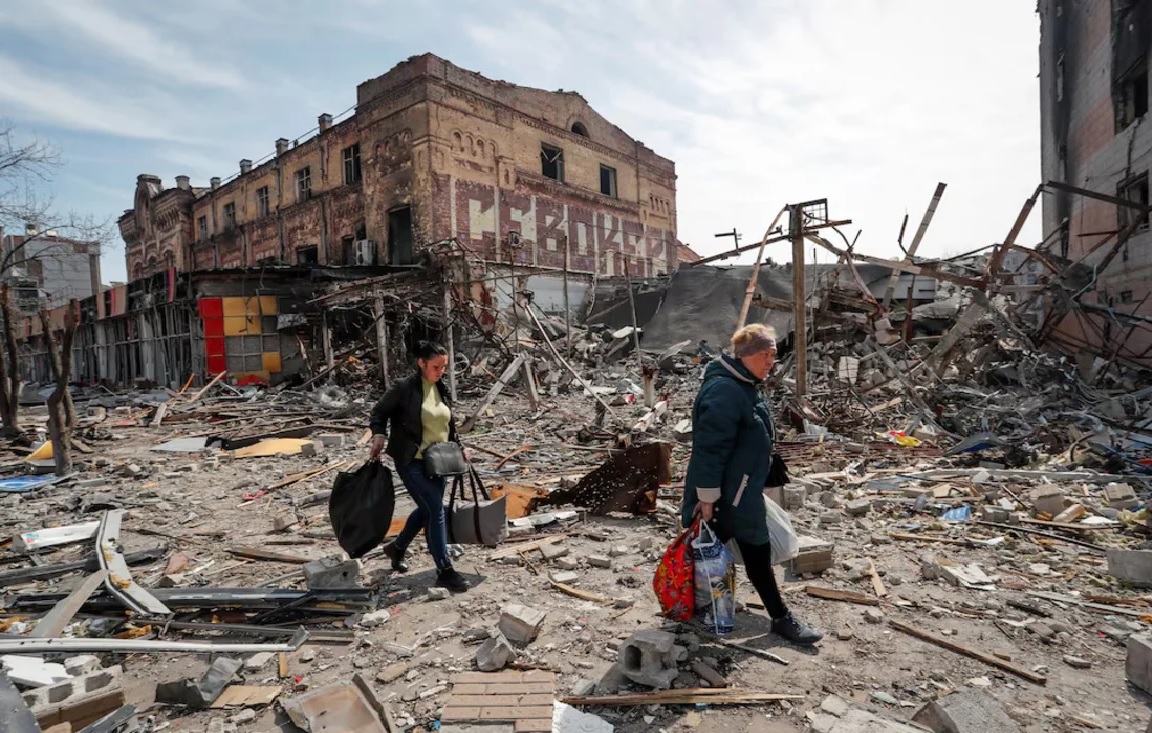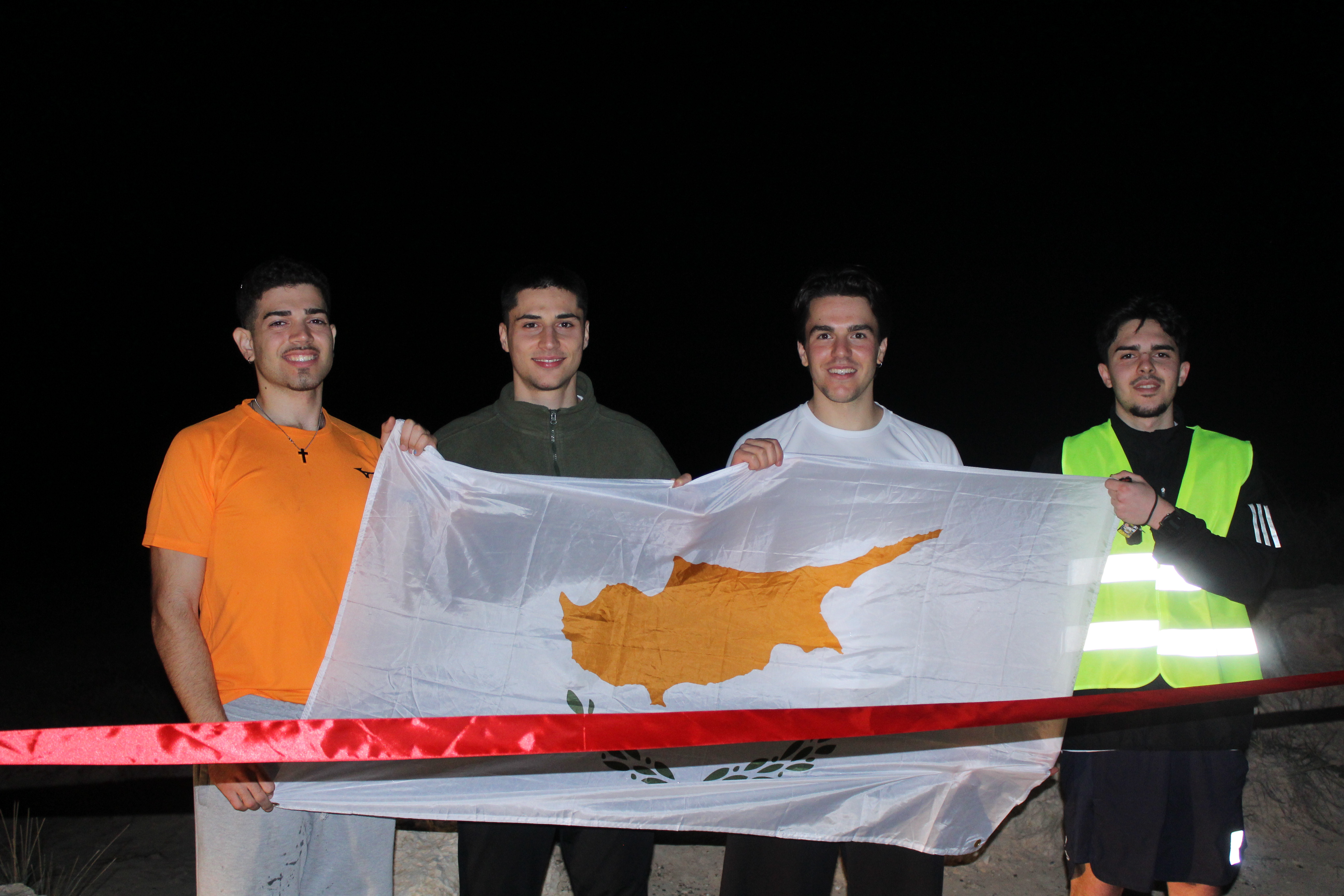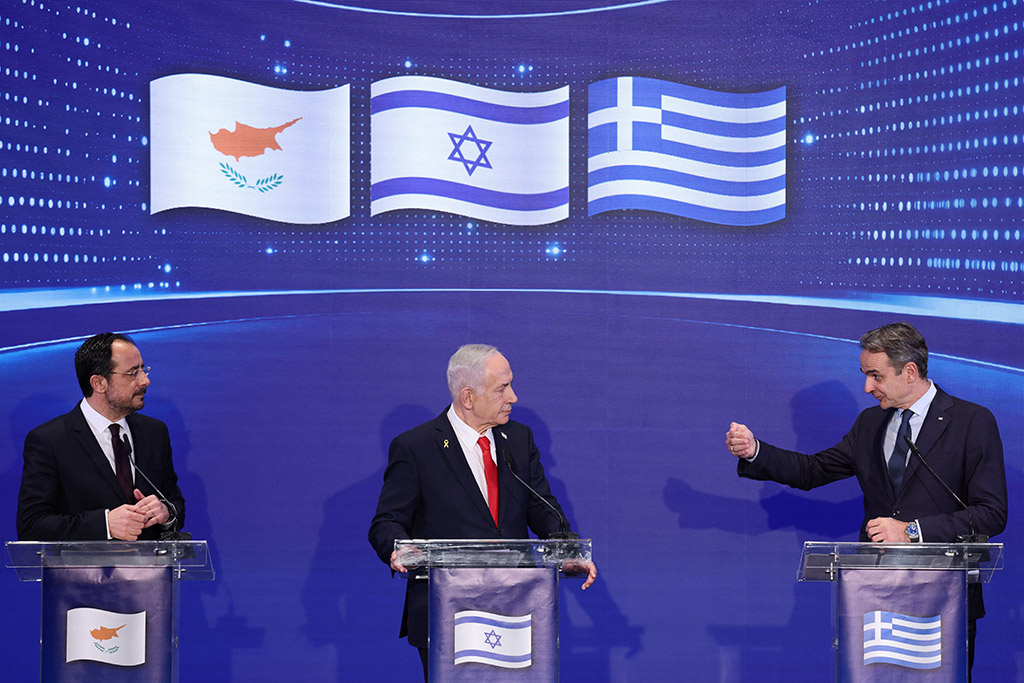Last February, Donald Trump and his heir apparent JD Vance launched a televised frontal attack on Ukrainian president Volodymyr Zelensky in the White House, telling him that Ukraine had “no cards”. Zelensky should let Russia keep the conquered territories (about 20% of Ukraine) in return for peace.
Just last month, on his way to a ‘summit meeting’ in Alaska with Russian dictator Vladimir Putin, Trump was still saying that there would have to be “some swapping, changes in land” to get Russia to accept a ceasefire. In the context, he was clearly talking about giving more Ukrainian land to Russia.
Yet last Tuesday, shortly after his hour-long rant at the UN General Assembly, Trump went on his Truth Social platform to say that Russia is a “paper tiger”. He claimed that Zelensky is now “in a position to fight and WIN all of Ukraine back in its original form.” He even added: “And maybe more than that.” (Moscow, perhaps?)
Those are very ambitious goals, and the harsh truth is that the Ukrainian army has been retreating all year. Retreating very slowly, to be sure, and inflicting far more casualties on the Russians than it suffers itself, but retreating nevertheless. So is this just Trump’s usual hyperbole?
Trump is well-known for echoing the views of the last person he talked to (except on the few subjects he actually knows something about). The last person he talked to before issuing those predictions was Zelensky himself (they were both in New York), and it would have been Zelensky’s duty to talk up the prospects for an eventual Ukrainian military victory.
That doesn’t necessarily mean that the Ukrainians will win, or even that Zelensky truly believes they will, but the Russian offensive could well be called Operation Snail. The Russians hold about 114,000 square km. of Ukrainian territory, but they only added 4,000 sq. km. in 2024 and probably the same again by the end of this year.
Russian casualties don’t matter much because Russia has four times the population of Ukraine, but this is taking a very long time and that could be a problem for Putin.
If the Ukrainians lose, they lose their entire country. If the Russian army loses, it just goes home again. In a war of attrition, therefore, Ukrainians are likely to be more patient in adversity. Whether that will be enough to outweigh Russia’s material advantages is hard to guess, but there is one new factor that might tip the scales: the Flamingos.
You have to hand it to a country that names a new and hopefully decisive weapon after an awkward-looking bird. (The Ukrainians even painted the first prototype pink.) It’s a big and cheap cruise missile – 3,000 km. range and a thousand-kilo warhead, but not supersonic, not stealthy, not guided (apart from GPS). Not even very accurate: probably a 15-metre CEP.
What makes it special is the that it is entirely Ukrainian-built in converted underground garages. and nobody else can tell Kyiv that certain categories of Russian targets are off limits.
The Flamingos are not hard to shoot down, but Ukraine says it can build around 200 a month and with a one-tonne warhead they don’t have to be very accurate.
The Ukrainians are concentrating on hitting oil refineries, pipelines and pumping stations all over European Russia, with the goal of starving both the domestic and foreign markets for Russian oil. Almost all those targets can be repaired in time, but there are many hundreds of them and it becomes a race between Ukrainian missiles and Russian repair crews.
Kyiv hopes it can win that race, in which case the Russian government’s income starts to fall. (About 30% of the federal budget comes from oil sales, mostly foreign.) The Russian economy won’t collapse, but living standards might fall steeply enough to make the war against Ukraine seriously unpopular.
Or they may not. Hoping that some single new weapon can win a war is rarely a good bet. What can be said with confidence is that the Flamingos do even things up a bit in this David-and-Goliath war, and that they are a weapon that is not given or withheld according to Donald Trump’s mood swings.
The Flamingos only started flying in August last month and production will take several more months to ramp up to the predicted 200 monthly, so we should know what effect they have before the end of the year. The current flurry of Russian aircraft and drones violating the airspace of NATO countries may also be retaliation for the Flamingos, but that is mere speculation.
And don’t imagine that the worst is past. The most dangerous part of this war will arrive when the Putin regime collapses or Ukraine starts to go under.
Gwynne Dyer’s new book is ‘Intervention Earth: Life-Saving Ideas from the World’s Climate Engineers’







Click here to change your cookie preferences